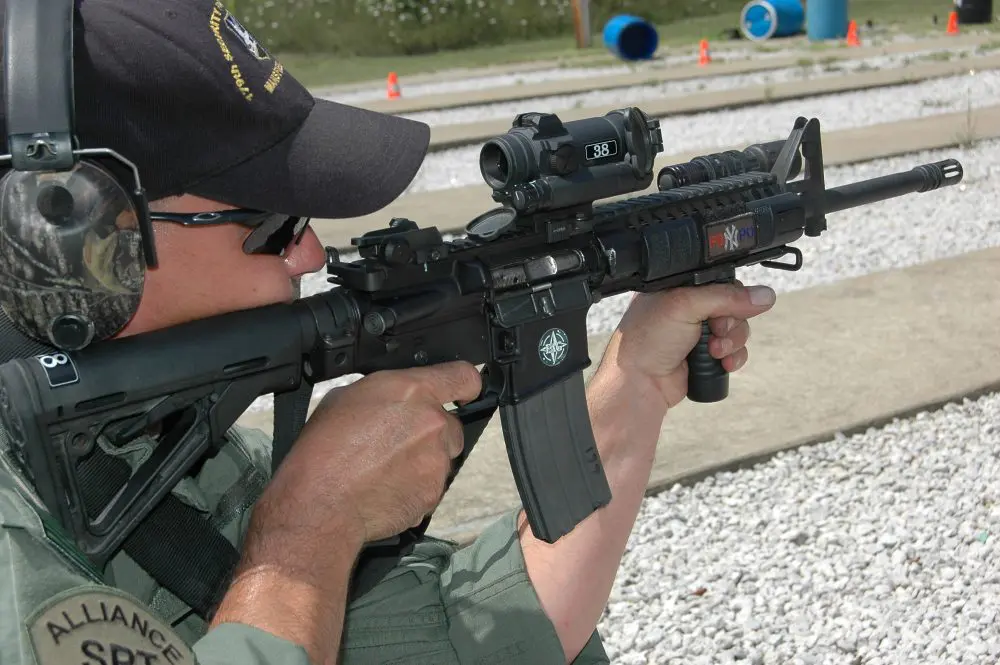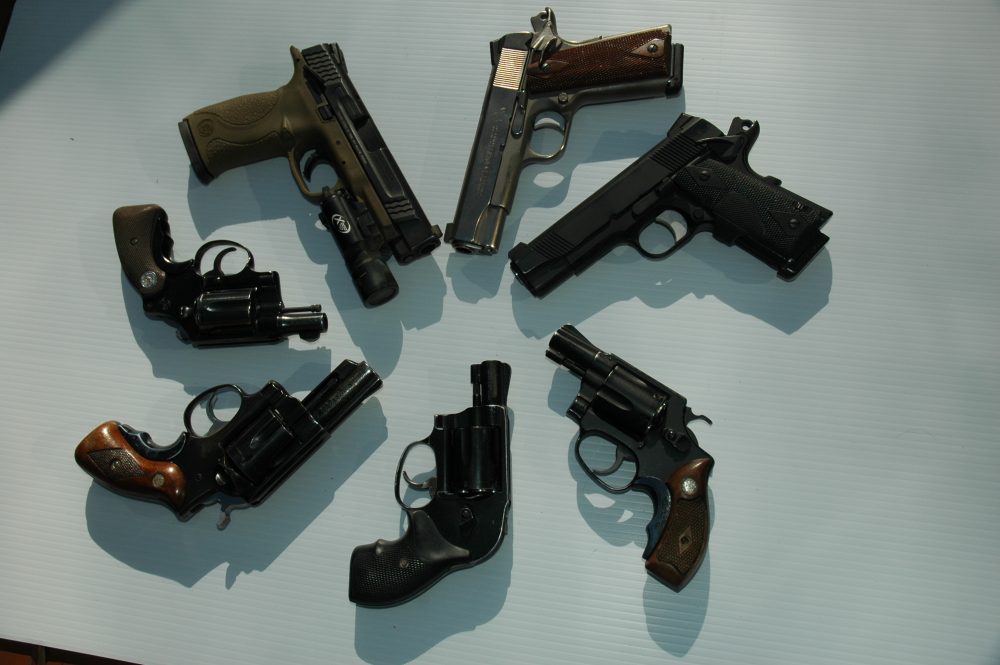Yet one more missive from my land of birth, and another advisement that six more former acquaintances have headed off to the great shooting range in the sky.
After multiple similar notifications over the past decade, I have no choice but to start wondering when my number is coming up—and also what possible benefit (if any) I will leave behind on the firearms training and tactics field.
It’s not that the latest correspondence has left me morose and disconsolate. But it is a warning that the hand on the clock has inexorably reached the eleventh hour—and there’s only one more numeral before my guns turn into pumpkins. It’s time to take stock, look into the mirror of life, and mentally balance the achievements and failures ledger.
First, the failures. Searching through the maze of memories and facing up to the ghosts from the past, I can honestly look myself in the eye and say that the failures have been few and far between. Not because of personal brilliance or narcissistic ego, but assuredly because of fair-blowing winds of fortune—and voting myself into the Better Lucky Than Good club. And for some reason having not been evicted from said club (to date), while so many others more deserving have had their birth certificates cancelled.
As for the opposite of failures, the word “achievement” is way out of line for self-analysis or description, but is humbly submitted by this author for journalistic convenience—no more, no less. And mention of achievements in this article should therefore rhetorically be read as, “How well did I perform as a temporary keeper of the flame?”
Because when all is said and done, for centuries very few people have come up with an original idea in the field of firearms, strategy, and tactics. And I am not one of those select few. Yes, firearms and ammunition have been—and are—continually improving. And you can teach an old dog new tricks.
But while there is always room for improvement, change merely for the sake of change is retrogression. And the latter, as related to the so-called personal achievements column, is what I have attempted to avoid like the plague. Along with the Better Lucky Than Good club membership goes—in this scribe’s opinion—an “If it ain’t broke, don’t fix it” subscription.
And strategy and tactics weren’t broke eons ago—so why are we trying to fix them? You can build better weaponry and improve communications with technology, but no computer ever built by humans can form a battle plan. When it comes down to war, Sun Tzu beats Bill Gates every time—period.
And Old School doesn’t mean outdated. It means repeated success based on continuous time-tested battle results. If something is “new and improved,” how do you know it’s “improved”? An oxymoronic term if ever there was one…
Old School was the path I chose to tread for several reasons: (1) It’s tried and tested—and it works. (2) It takes into contention that the firearm is only a power delivery system—brains supersede bullets in battle. (3) As regards both shape and erratic movement, anthropomorphic training targets are much more relevant in training than non-humanoid one-dimensional static targets. (3) and (1) are intertwined. In this author’s opinion, one has to base battle preparation on what has repeatedly worked in the past, not on something that “should work” tomorrow.
Ergo, taken in sequence (and from a personal, subjective viewpoint): (1) The Old School was built by the Old Ones, and has worked for literally thousands of years. While there’s always room for improvement, anything based on what “should work” in the future is based solely on the SWAG principle (Scientific Wild A**ed Guess). (2) Long before guns were invented in the 13th century, strategy and tactics were more important than weaponry. As the great Sun Tzu said, it’s always better to beat your enemy before physical contact (e.g., gunplay) is required. (3) Hunters of non-human game always studied anatomy, as have martial artists, so they could figure out requisite angles of bullet, fist, or leg attacks.
We just became “civilized”—and so-called civilization leads to principles of fighting being lost in translation. The result of “no more war” dreamers. Yeah, right. Humans are human—unfortunately.
Summing up, mine has been a four-decades-long study of war—especially how to avoid it. I have studied the Old Ones’ wisdom. I have done and do ongoing research of valid documentation, and have been the fortunate recipient of modern sages’ and mentors’ freely passed-on knowledge.
Looking objectively at any possible legacy I may leave behind, I have to admit that I won’t be leaving so much as one footprint in the sand. All I’ve done is to have been honored to be a short-term keeper of the flame, entrusted in some small way to pass on the knowledge and wisdom of those who passed before me. And as the witching hour approaches, I have come to realize that while greats such as Bruce Lee left behind his Way of No Way, I will sadly leave merely a Legacy of No Legacy.
But for a short period in time, I was blessed to carry the torch—and that was enough.
Louis Awerbuck is Director of the internationally acclaimed Yavapai Firearms Academy. Course information and schedules are available at their website at www.yfainc.com.





